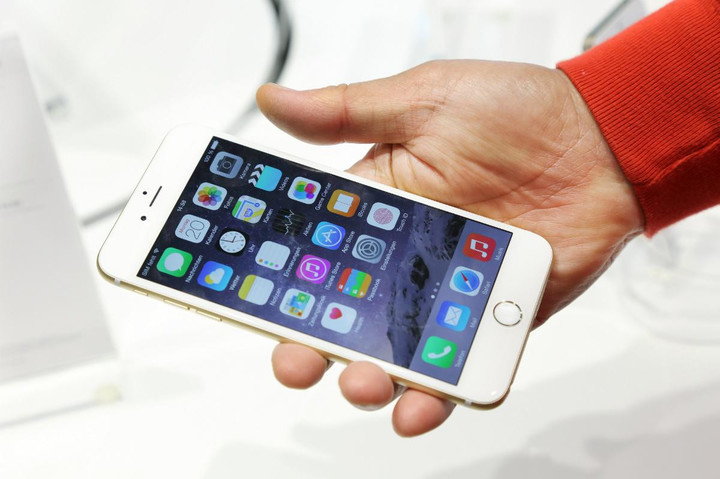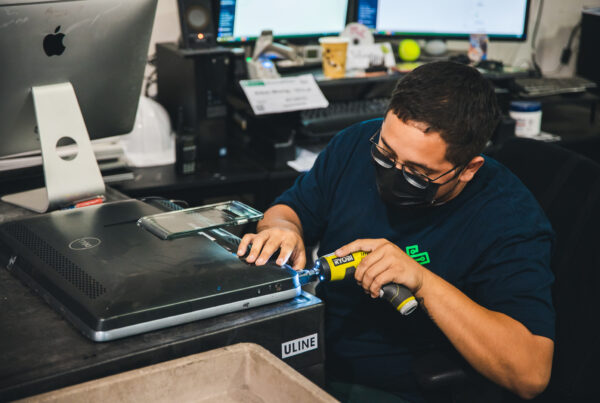By. Michael Condra
Over the last two decades smartphones have led to drastic changes in how we communicate and access information. At the same time these devices we hold close to us will no longer be useful in the future. In a recent article from Business Insider, Matt Weinberger writes that our devices will one day “vanish, the way beepers and fax machines did before.” What will happen to these devices once we have acquired new technology that keep us satisfied?
Since 2010, E-waste has grown significantly, even though our reuse and recycling rate have increased. According to the EPA, “in 2013, we generated 3.14 million tons of E-waste in the U.S,” even though “40%” was recycled. While this news maybe welcomed there is a moment of pause we need to take. Recycling doesn’t remove the problem of E-waste, since millions of tons are still left behind and contain “lead, cadmium, mercury, and other hazardous waste.” Once we have new devices like smart watches, Google Glass, virtual reality headsets or a combination of the three, we will be left with the growing problem of E-waste.
One prospect of limiting this growth is working to close the digital divide. A divide that covers nearly a quarter of Americans who lack basic computer and internet access. A significant amount of smartphones and computers that get discarded each year can still be reused. At human-I-T, this is something we constantly work on to bridge people with technology and resources they need. While recycling may seem like the best way to handle this issue it is opposite of that. In a recent post on Motherboard.com found that “forty percent of all US electronics recyclers included in the study proved to be complete shams, with our E-waste getting shipped wholesale to landfills in Hong Kong, China, and developing nations in Africa and Asia.”
Through our refurbishing process we can connect them with reused devices that would otherwise end up in landfills. This process enables a longer shelf life and broader use of electronics that would have negative impact on these environments. It’s still too early to imagine what the post smartphone world will look like in the next 20 or 30 years. One thing that’s clear is our insatiable appetite for new things to acquire and quickly discard the previous version. Maybe we will have something similar to the TV show H+: The Digital Series, where a majority of the human population has an implanted chip that connects them to the internet. In this case, we wouldn’t need new handheld devices.
Which ever path our future takes us tackling E-waste will still be here. One thing we can do is reduce and reuse the technology we have today and donate it to the right place.
Learn more about the digital divide from our blog:
human-I-T Is Recognized For OurCycle LA
Computer Donations Empower STEM Education
More information:






